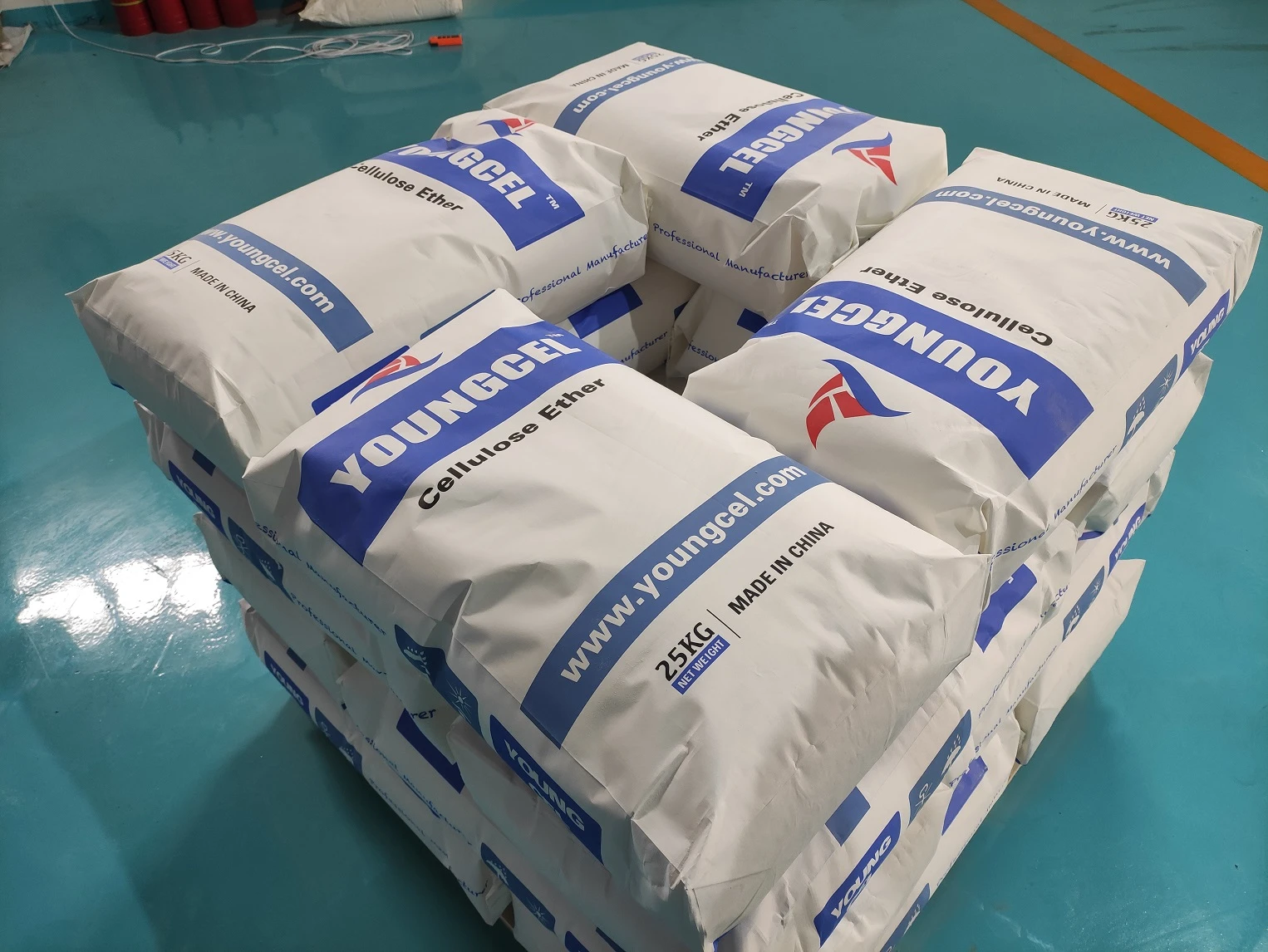Understanding HPMC A Versatile Cellulose Derivative
Hydroxypropyl Methylcellulose (HPMC) is a versatile cellulose derivative that is widely used in various industries due to its unique properties. As a non-ionic compound, HPMC is derived from natural cellulose through a series of chemical reactions, making it an essential ingredient in products ranging from pharmaceuticals to construction materials.
Composition and Properties
HPMC is formed by the reaction of cellulose with propylene oxide and methyl chloride. This modification introduces hydroxypropyl and methyl groups into the cellulose structure, which enhances its solubility in water and alters its rheological properties. One of the key characteristics of HPMC is its ability to form gels at certain concentrations, which is particularly valuable in applications requiring thickening or stabilizing agents.
One of the most noteworthy properties of HPMC is its water retention capacity. This property makes it an excellent additive in the formulation of mortars and plasters, where it helps to keep the mix workable for longer periods, allowing for easier application. The film-forming capabilities of HPMC also contribute to its effectiveness in various coatings and binders.
Applications in Pharmaceuticals
In the pharmaceutical industry, HPMC is widely used as a thickening agent, stabilizer, and film-forming agent in formulations such as tablets, capsules, and gels. Its non-toxic nature and compatibility with a range of active pharmaceutical ingredients (APIs) make it a popular choice for controlled-release formulations. HPMC can modulate the release of drugs, allowing for sustained therapeutic effects and improved patient compliance.
hpmc cellulose hydroxypropyl methyl

Moreover, its use in ophthalmic preparations, such as eye drops, leverages its ability to provide lubrication and enhance the viscosity of the solution, ensuring prolonged contact time with the eye surface. This feature is particularly beneficial for patients suffering from dry eye conditions.
Construction Industry Applications
Beyond the pharmaceutical realm, HPMC is extensively utilized in the construction industry. Its water retention properties are key in cement-based products like tile adhesives, stucco, and grout. By preventing the rapid drying of these materials, HPMC ensures optimal curing conditions, leading to improved adhesion, flexibility, and durability of the final product.
Furthermore, the addition of HPMC can significantly enhance the workability and spreadability of construction mixtures, thus allowing contractors to achieve better results during installation. The versatility of HPMC also means it can be tailored to meet specific performance needs, making it a favored option among manufacturers.
Conclusion
In conclusion, Hydroxypropyl Methylcellulose stands out as a multifunctional ingredient with significant applications across diverse sectors. Its unique properties, including water retention, gel formation, and compatibility with various compounds, make it indispensable in pharmaceuticals and construction. As industries continue to evolve, HPMC is likely to play a pivotal role in developing innovative products that meet the demands of modern consumers and professionals alike.




